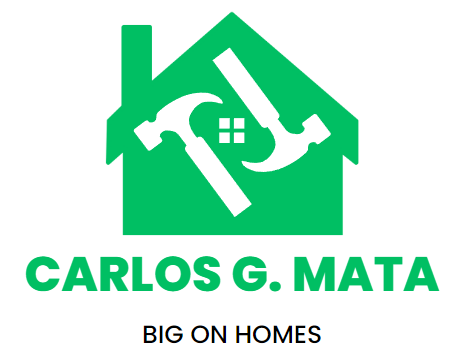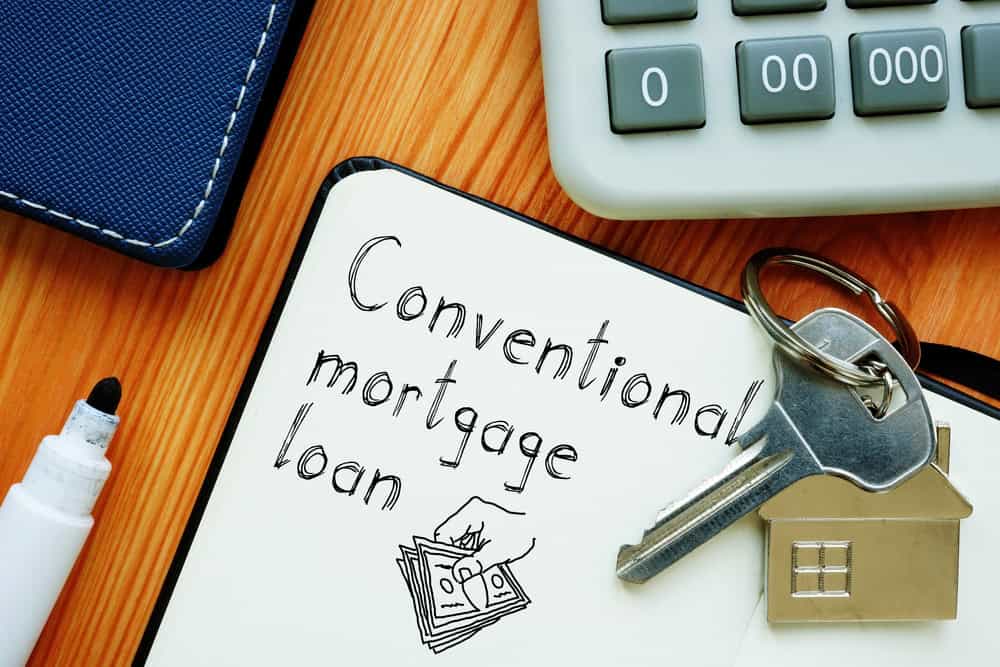Top Tips for Understanding a Conventional Mortgage
A conventional mortgage is a home loan from private lenders, not government-backed. It often requires a higher credit score and down payment but offers better terms. This article explains a conventional mortgage, its types, and requirements and compares it to other loans.
Key Takeaways
- A conventional mortgage is a private loan option that is not government-insured, often appealing to borrowers with strong credit and ability to make substantial down payments.
- There are two main types of conventional mortgages: conforming loans, which meet guidelines set by Fannie Mae and Freddie Mac, and non-conforming loans, such as jumbo loans, which exceed standard limits and have stricter requirements.
- Qualifying for a conventional mortgage typically requires a minimum credit score of 620, proof of income, manageable debt-to-income ratios, and potentially private mortgage insurance (PMI) for down payments under 20%.
What Is a Conventional Mortgage?
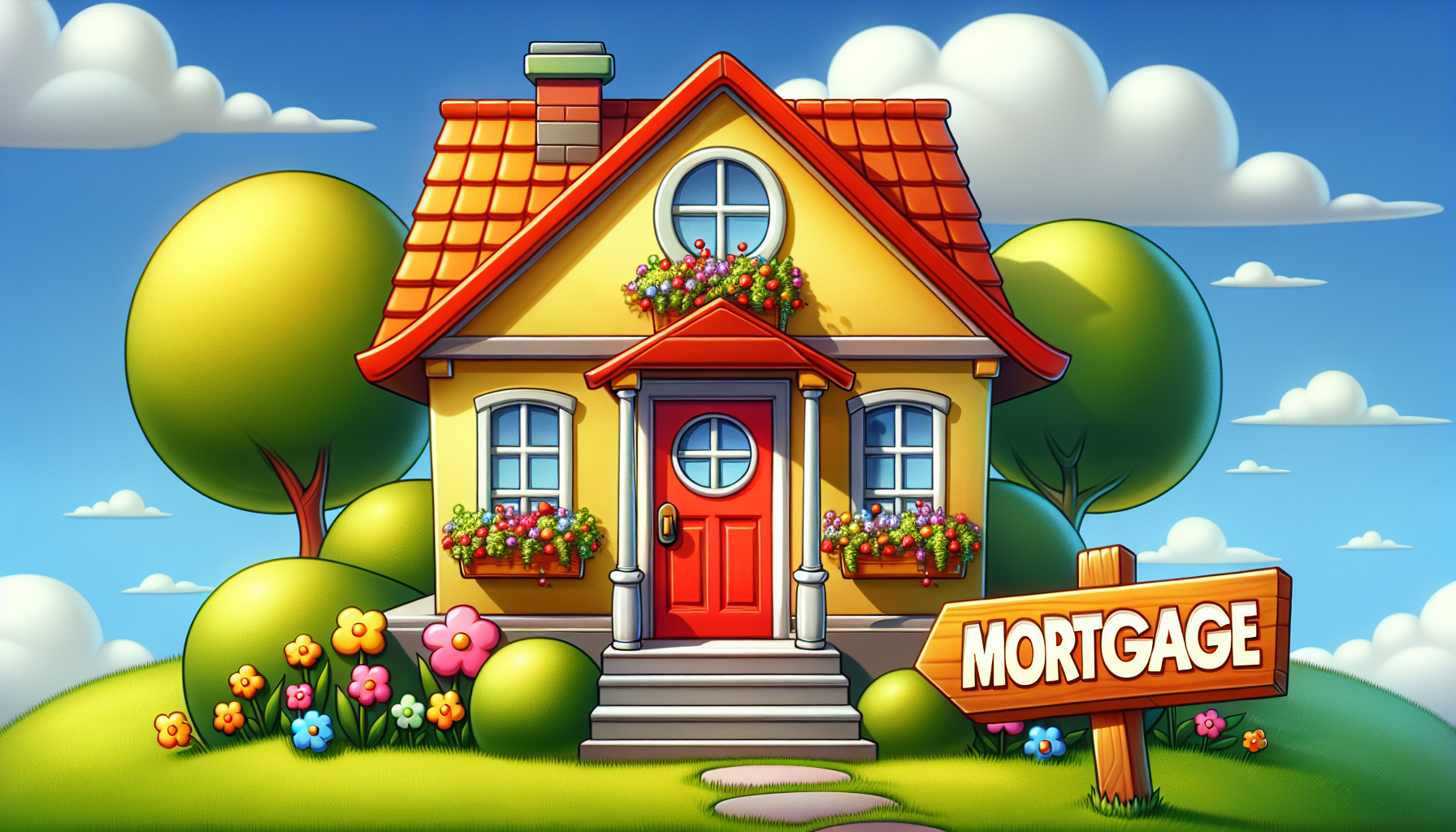
A conventional mortgage loan is a type of loan offered by private sector lenders, unlike government-backed loans such as FHA or VA loans. This means that conventional mortgages are not insured by any government agency, giving lenders more flexibility to tailor the loans to individual borrowers. However, this also means that conventional loans come with stricter lending requirements.
One of the primary distinctions between conventional mortgages and government-backed loans is the absence of program-specific fees, which makes conventional mortgages often more cost-effective in the long run. Also, conventional loans generally require a higher credit score to qualify, reflecting the lender’s confidence in the borrower’s ability to repay. This makes conventional mortgages appealing to borrowers with strong credit histories and the ability to make substantial down payments.
Conventional loans are the most common type of home loan, available through virtually every kind of mortgage lender. Their popularity is due to their flexibility and the financial advantages offered to borrowers with stringent qualification criteria. This type of mortgage is ideal for those who can afford to meet these higher standards, providing a pathway to homeownership without the additional costs associated with government-backed mortgages.
Types of Conventional Mortgages
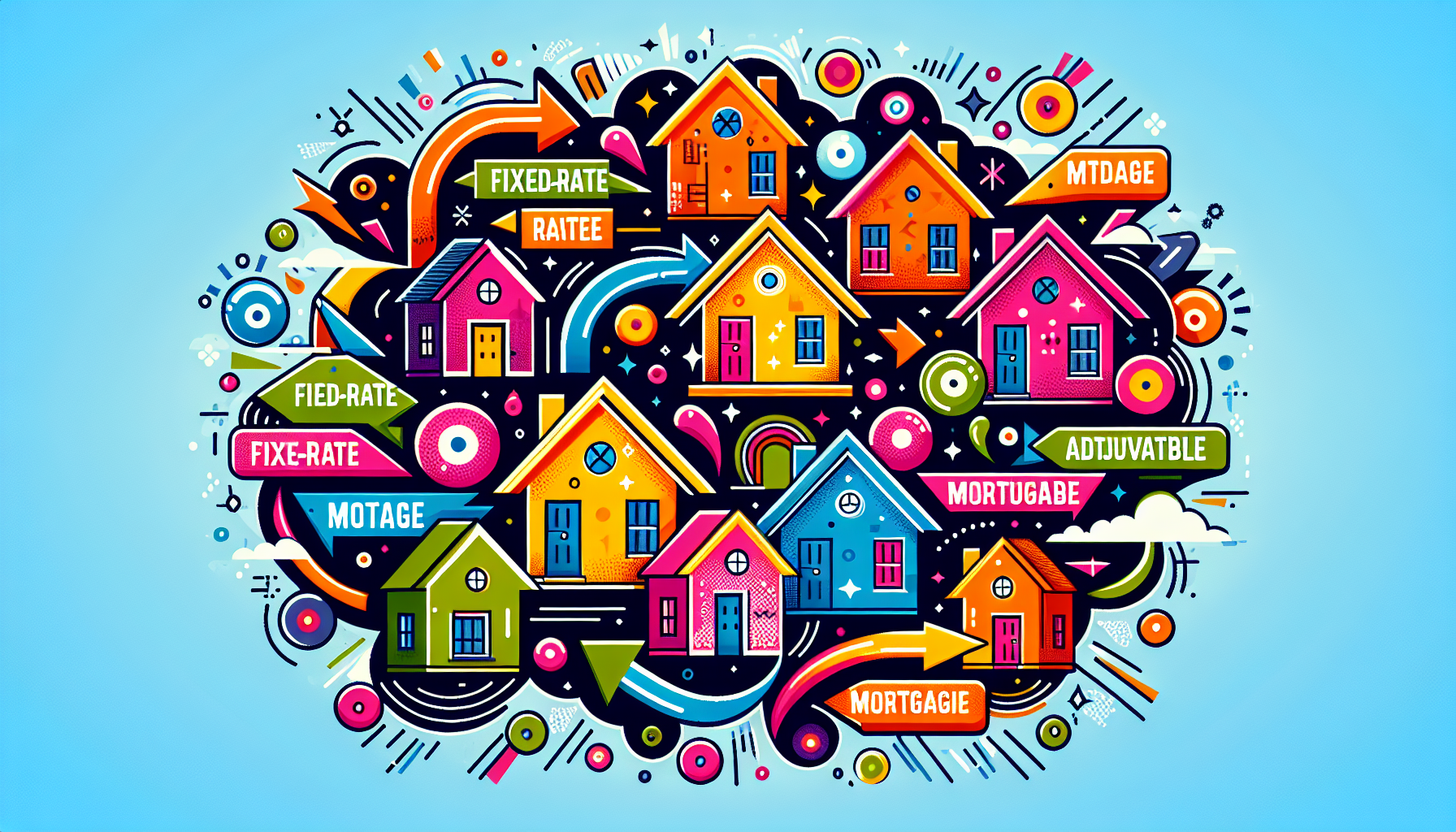
Conventional mortgages come in various forms, primarily conforming and non-conforming loans. Conforming conventional loans adhere to guidelines set by Fannie Mae and Freddie Mac, including loan limits and borrower qualifications. These loans are widely accepted and easier to sell on the secondary market, making them a popular choice for many borrowers.
Conforming loans must meet specific criteria, including loan limits that vary by location and property type. For instance, the standard loan limit for a single-family home in most areas is around $484,350, although this can be higher in high-cost areas. Conforming loans typically offer lower interest rates than non-conforming loans, making them attractive for borrowers who meet the requirements.
Non-conforming loans, such as jumbo loans, exceed these loan limits and are not backed by Fannie Mae or Freddie Mac. Jumbo loans cater to borrowers looking to finance luxury properties or homes in high-cost areas, requiring higher credit scores and larger down payments due to their increased risk. While they offer the flexibility to borrow larger sums, they come with higher interest rates and stricter qualification criteria.
Conventional Mortgage Requirements
Qualifying for a conventional mortgage involves meeting several key requirements, which can be more stringent than those for government-backed loans. The process starts with ensuring a strong credit score, as lenders typically look for scores of at least 620. Borrowers with higher credit scores are viewed as lower risk, often receiving better terms and interest rates.
Besides credit scores, lenders also scrutinize proof of income and the debt-to-income ratio, which shouldn’t exceed 43 to 45 percent. Down payment requirements for conventional loans are flexible, starting as low as 3% for qualified borrowers, although a higher down payment can offer significant advantages.
Credit Score Requirements
The borrower’s credit score is a critical factor in securing a conventional loan. The minimum score typically required is 620. This threshold helps lenders assess the risk of lending to a particular borrower.
A higher credit score, such as 740 or above, can provide significant benefits. Borrowers with such scores often qualify for the most favorable interest rates, reducing mortgage costs. Therefore, maintaining a good credit history is crucial for those aiming to secure a conventional mortgage at the best possible terms.
Credit scores impact the approval process and the interest rates offered. Lenders use these scores to gauge the likelihood of timely repayments, which directly influences the cost of borrowing. A higher credit score generally translates to lower interest rates, making the mortgage more affordable over its lifespan.
Proof of Income
Proof of income is crucial for conventional mortgage approval. Lenders usually require documentation like pay stubs, tax returns, and proof of down payment to verify financial stability. These documents help assess the borrower’s ability to make consistent mortgage payments.
Self-employed borrowers face additional scrutiny and may need to provide extra paperwork, such as bank statements, investment account statements, and retirement account statements, to substantiate income claims. Thoroughly organizing these documents can streamline the application process.
Down Payment
The amount of down payment required for a conventional loan can vary, but it typically starts at 3%. For many borrowers, a down payment of 20% is standard, as it helps avoid the need for private mortgage insurance (PMI) and can lead to better interest rates. A significant down payment reduces the loan-to-value ratio, which makes the borrower less risky in the eyes of the lender.
However, not all borrowers can afford a 20% down payment. In such cases, PMI is required, which provides financial protection to the lender in case of default. The down payment size influences PMI premiums, the cost of the home, and the insurance provider. Smaller down payments lead to higher PMI costs, which can be added to the monthly and mortgage payments.
Therefore, putting down as much as possible is beneficial to minimize these additional costs.
Private Mortgage Insurance (PMI)

Private Mortgage Insurance (PMI) is a type of insurance that protects lenders if a borrower defaults on their conventional loan. PMI is usually required when the down payment is less than 20% of the home’s purchase price. This insurance helps mitigate the risk for lenders, making it possible for borrowers with smaller down payments to pay mortgage insurance to obtain a mortgage.
PMI can be eliminated once borrowers achieve at least 20% equity in their home, either by paying down the loan or through property value appreciation. PMI also automatically terminates when the loan balance reaches 78% of the home’s original value, provided payments are current. Extra principal payments can expedite this process.
PMI costs vary depending on factors such as the borrower’s credit score and the loan-to-value ratio. PMI can be paid through monthly premiums, an upfront fee, or sometimes a higher interest rate. Understanding these options can help borrowers manage their monthly mortgage payments more effectively.
Interest Rates on Conventional Mortgages
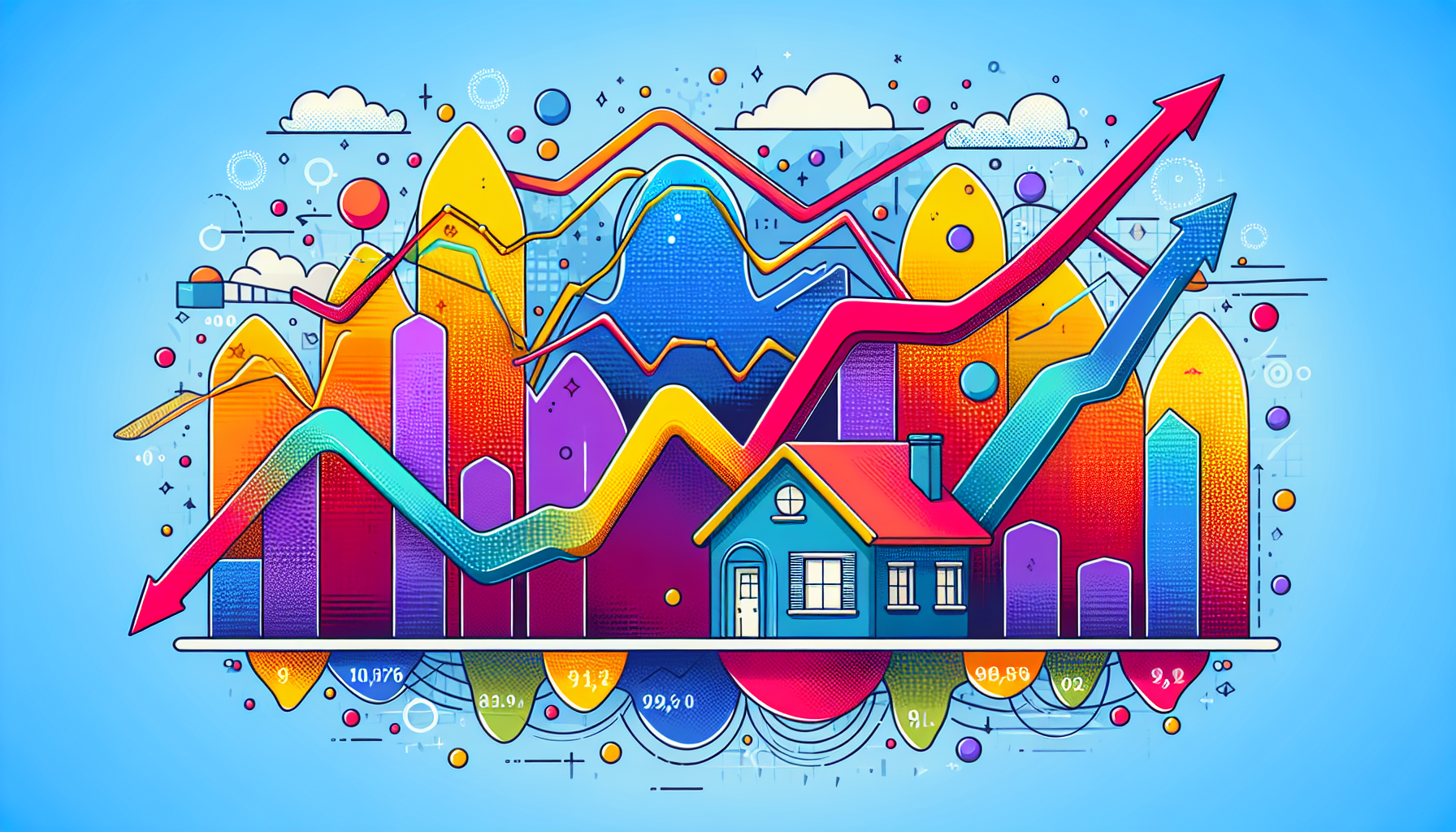
Interest rates on conventional mortgages are influenced by various factors, including market conditions, credit history, home price, loan length, and the size of the down payment. Borrowers with better credit histories typically receive lower interest rates, reflecting their lower risk to lenders.
Non-conforming loans often carry higher interest rates due to increased risk factors like poor credit or high debt levels. Actions taken by the Federal Reserve, such as increasing the federal funds rate, also lead to higher mortgage rates as banks pass these costs on to consumers.
The term of the loan can also impact the interest rate, with longer-term loans generally having higher rates than shorter-term loans. A larger down payment can result in a better interest rate for the borrower, as it reduces the loan-to-value ratio and, thus, the lender’s risk.
Understanding these factors can help borrowers secure more favorable rates and effectively manage their adjustable-rate mortgage costs.
Comparing Conventional Loans with Other Mortgage Options
When considering a mortgage, it is essential to compare conventional loans with other options to determine which best suits your needs. Conventional loans, being non-government insured, often have stricter qualification criteria but can offer better terms for those who qualify.
In this section, we’ll compare conventional loans with FHA, VA, and USDA loans, highlighting the key differences and benefits of each. Understanding these distinctions can help borrowers make an informed decision based on their financial situation and homeownership goals.
Conventional vs. FHA Loans
Conventional loans typically require a higher credit score than FHA loans, designed with more lenient qualifying standards. Borrowers with good or excellent credit scores benefit significantly from conventional loans, as they can secure lower interest rates and better loan terms. In contrast, FHA loans are more accessible to borrowers with lower credit scores, typically in the high 500s to low 600s.
Down payment requirements also differ between these two loan types. While FHA loans generally require down payments ranging from 3.5% to 10%, conventional loans often necessitate a larger down payment, especially to avoid private mortgage insurance (PMI). This makes FHA loans particularly appealing for first-time homebuyers or those with limited financial resources.
FHA loans are specifically for low—to moderate-income borrowers, making them suitable for those with fewer financial resources. Conventional loans, on the other hand, are ideal for borrowers with robust credit histories and the ability to make substantial down payments, offering lower long-term costs for those who qualify. Additionally, an FHA loan can be a great choice for first-time homebuyers.
Conventional vs. VA Loans
VA loans, offered by the Department of Veterans Affairs, have distinct advantages over conventional loans, primarily for eligible veterans and service members. One of the most notable benefits of VA loans is the ability to secure a home loan with no down payment, making homeownership more accessible. This feature sets VA loans apart from conventional loans, which typically require at least a 3% down payment.
VA loans also benefit from the absence of mortgage insurance, significantly reducing monthly mortgage payments. Conventional loans require PMI when the down payment is less than 20%, increasing overall costs. VA loans are structured to be more affordable every month.
VA loans generally offer lower interest rates than conventional loans, providing additional financial relief. However, borrowers must obtain a certificate of eligibility from the VA, adding an extra step to the process.
Conventional vs. USDA Loans
The U.S. government supports USDA loans. They provide financing options for eligible rural and suburban homebuyers. The Department of Agriculture offers unique benefits for borrowers purchasing homes in designated rural areas. One of the standout features of USDA loans is the possibility of little or no money down, making them highly accessible to eligible buyers. This contrasts sharply with conventional loans, which typically require a down payment of at least 3%.
However, USDA loans come with specific geographic and income requirements. To qualify, the property must be located in a designated rural area, and there are maximum income limits for borrowers. These restrictions make USDA loans ideal for those buying in rural or semi-rural areas but less suitable for urban or suburban home purchases.
There are no maximum income limits for conventional loans, offering greater flexibility. This makes conventional loans a better option for buyers in cities or well-developed suburban areas who can meet the down payment and credit score requirements.
The Application Process for a Conventional Mortgage
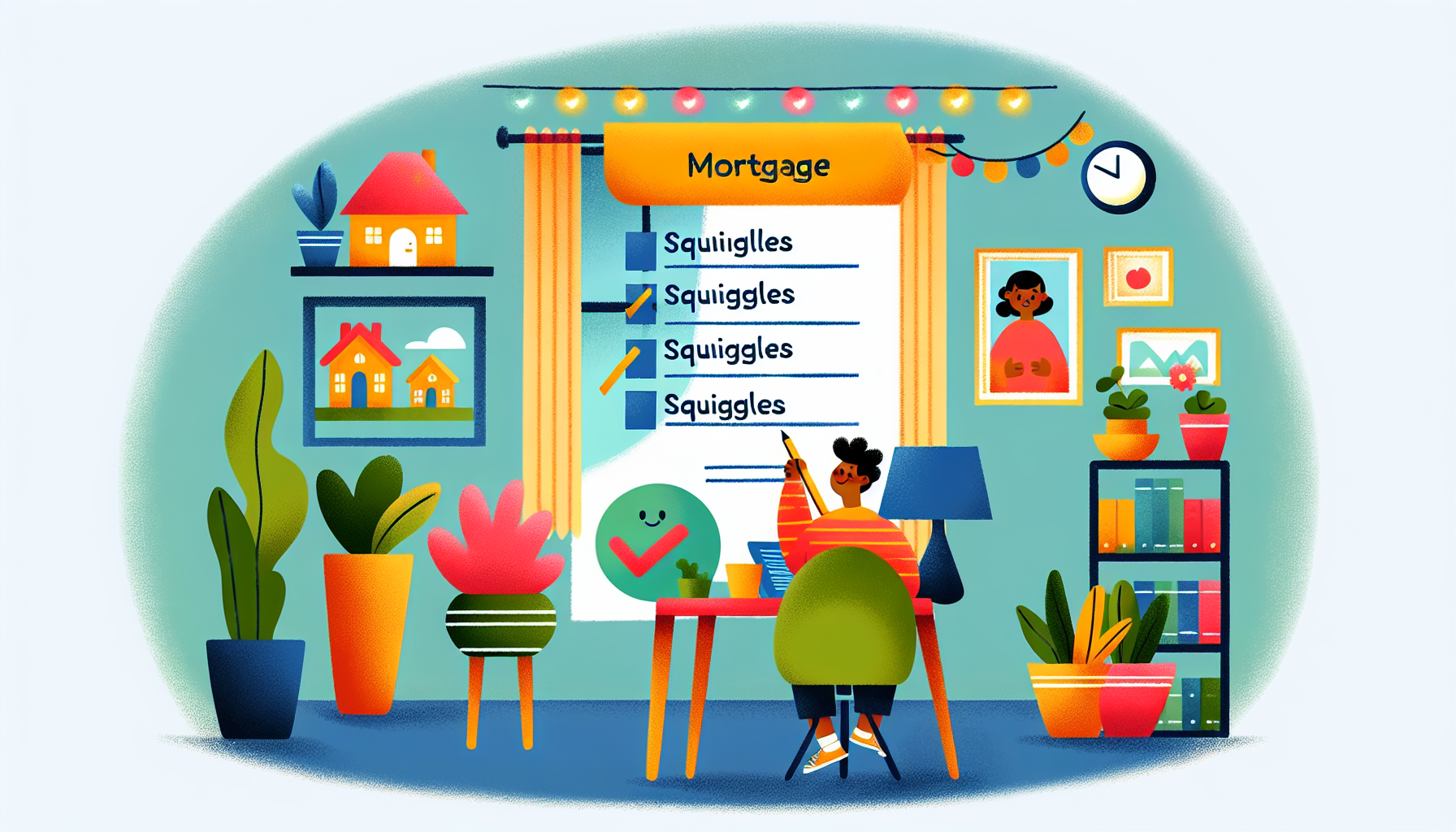
The application process for a conventional mortgage involves several steps, starting with obtaining pre-approval from a mortgage lender. Pre-approval gives you a financial edge and helps prevent you from considering homes outside your budget. It also strengthens your position when making offers in competitive housing markets.
Applying involves completing an official application, paying a fee, and providing necessary documents like pay stubs, tax returns, and proof of down payment. Organizing these documents in advance streamlines the process and reduces potential delays. Self-employed borrowers may need to submit extra documentation to confirm their income.
The underwriting process begins once you’ve found a home and completed the formal application. This typically takes 30 to 60 days from application to closing. During this time, reviewing the Closing Disclosure carefully is crucial to ensure the mortgage terms are accurate before signing.
Common Mistakes to Avoid When Applying for a Conventional Mortgage
One of the most common mistakes when applying for a conventional mortgage is not reviewing your credit report beforehand. Unexpected issues on your credit report can affect your approval and the terms of your loan. Ensuring your credit report is accurate and addressing any discrepancies can improve your chances of approval.
A high debt-to-income ratio can also hinder your approval. Lenders view a high ratio as a sign of potential difficulty in making monthly mortgage payments. Keeping your debt levels manageable is crucial for a smooth application process.
Changing jobs or making prominent, unexplained money transfers before closing can disrupt your mortgage approval. Lenders prefer stable employment history and clear financial records. Additionally, comparing the loan estimate with the closing disclosure is essential to ensure you’re not overcharged on fees.
Another mistake to avoid is waiving a home inspection. Major issues can arise after purchasing the property, leading to unexpected costs. Always opt for a thorough inspection to avoid such surprises.
Lastly, being emotionally driven during the home-buying process can lead to poor financial decisions. It’s advisable to compare offers from multiple lenders to secure a more favorable interest rate and reduce overall loan costs.
Who Should Consider a Conventional Mortgage?
Conventional mortgages are an excellent choice for individuals with robust credit histories and sufficient funds for a larger down payment. Approximately 73% of homebuyers in 2023 chose conventional mortgages for their new single-family homes, reflecting the popularity and advantages of conventional loans for those who meet the qualification criteria.
Borrowers with solid credit scores and stable income will likely qualify for a conventional mortgage. These loans offer flexible terms and lower long-term costs, making them suitable for buyers planning to stay in their homes long-term due to their fixed or adjustable rate options.
In a buyer’s market, obtaining a conventional mortgage with a smaller down payment is generally easier. This makes conventional mortgages a viable option for many borrowers, from first-time homebuyers to those looking to refinance.
Summary
Understanding conventional mortgages is crucial for making informed home financing decisions. These loans, offered by private lenders and not insured by the government, have stricter qualification criteria but offer significant long-term benefits for those who qualify. From defining a conventional mortgage to detailing the application process, this guide has covered the essentials.
Key points include the types of conventional mortgages available, the specific requirements for qualifying, and the role of PMI. We’ve also compared conventional loans with other mortgage options like FHA, VA, and USDA loans, helping you understand which might be the best fit for your financial situation.
Making informed decisions about your mortgage can save you money and provide financial stability. By understanding the nuances of conventional mortgages, you are better equipped to navigate the complexities of home financing. Happy home hunting!
Frequently Asked Questions
What is the minimum credit score required for a conventional mortgage?
The minimum credit score required for a conventional mortgage is generally 620. Maintaining or exceeding this threshold is essential to improving your chances of securing favorable loan terms.
How much down payment is needed for a conventional loan?
A minimum down payment of 3% is required for a conventional loan, though a 20% down payment is typically recommended to eliminate private mortgage insurance.
What is Private Mortgage Insurance (PMI), and when is it required?
Private Mortgage Insurance (PMI) safeguards lenders against borrower default and is mandated when the down payment is less than 20% of the home’s purchase price. Therefore, understanding PMI is crucial for those making smaller down payments.
How do interest rates for conventional mortgages compare to other types of loans?
Interest rates on conventional mortgages are generally lower for borrowers with good credit than those on non-conforming or government-backed loans. This makes conventional mortgages a potentially more cost-effective option for qualified buyers.
Who should consider a conventional mortgage?
A conventional mortgage suits individuals with solid credit scores and enough funds for a larger down payment, particularly those looking for long-term home ownership. If you meet these criteria, this type of mortgage may be a viable option.
Related Articles
